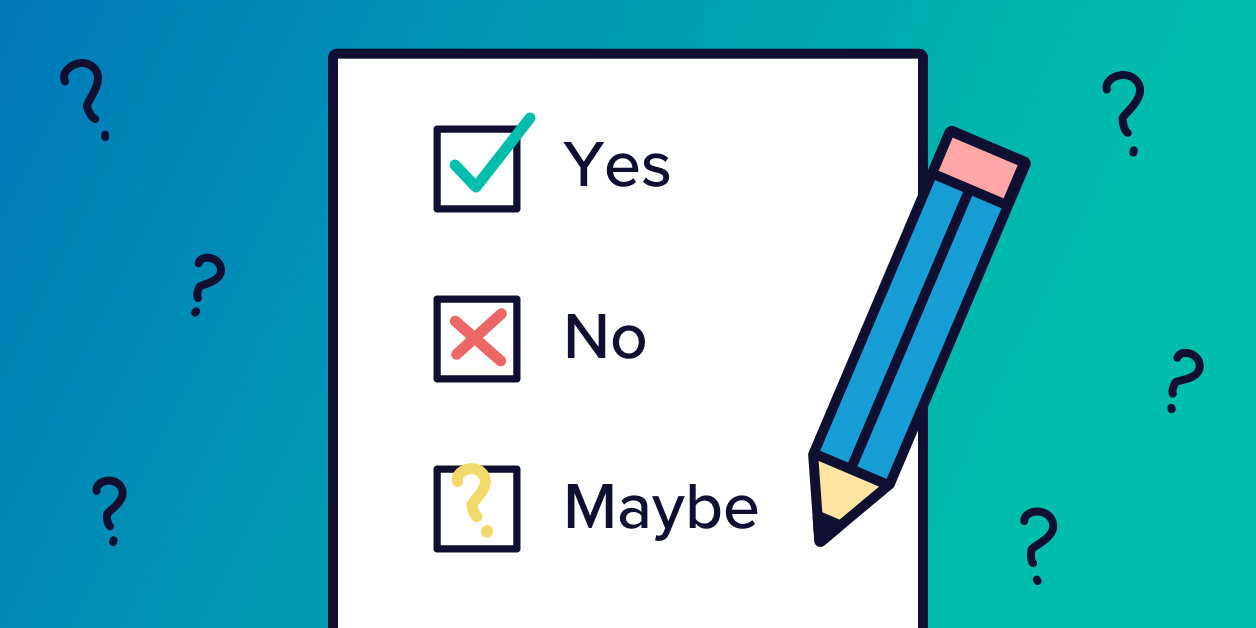4 Ways to Prevent Flakiness from Event Attendees

It’s the ultimate disappointment: 500 people RSVP to your event, but only 30 people show up when the day arrives.
What gives? How could so many people respond but so few bother to actually attend?
There are a few possible reasons your attendees flaked: Maybe they thought your event sounded interesting three weeks ago, but something else came up in the meantime. Maybe they forgot about it completely. Maybe it’s been a long day, and they’re tired—sometimes a night in with Netflix is just more enticing than putting on real pants and leaving the house.
But we get it. It’s a bummer when people flake. Fortunately, there are ways you can encourage increased attendance and stave off flakiness. Before your next big event, give these tactics a try.
1. Make your event descriptions compelling and specific.
At the end of a long day or in the middle of a hectic week, attendees need a really compelling reason to interrupt their routine and attend your event. Make your shindig more enticing by getting specific with the details.
Let’s say you host a monthly networking event. If your event description says nothing more than “Monthly Business Mixer,” that leaves attendees with more questions than answers. Will they be standing in a ballroom, awkwardly shuffling among other strangers with business cards? Hard pass.
But if you play up your event’s unique details in the description—i.e., “Learn to make cocktails with the city’s best bartenders at this month’s mixer”—you’ll give attendees a reason to show up. A cocktail-making lesson? That sounds way more fun than a stuffy networking event! Emphasize noteworthy details to make your event stand out from the crowd.
2. Feature your events on your own website.
Everyone and their mother uses Facebook to post events these days, and yes, you should follow suit; social media is an important channel for promoting events. But by featuring your event listings on your own site, you’ll add an extra layer of legitimacy and professionalism, which will help you build trust with prospective attendees.
One way to do this is by listing your event on Facebook then linking back to the event listing on your website where attendees can find all the details. (Bonus: By moving attendees over to your site, they’re more likely to spend time reading your other content and getting to know your business.)
If you don’t already have an events calendar on your site, fear not—you don’t need any technical expertise to set one up. Looking for a WordPress calendar solution that’s easy to use and good-looking to boot? The Events Calendar can help with that.
3. Send event reminders.
A few gentle nudges can make a huge difference in bolstering attendance. About 10 to 14 days before your event, send a reminder to people who said they were interested. Then send a quick last-minute reminder the day before. Use an email marketing tool like Promoter to connect with your community at every stage of your event, from the first announcement to post-event follow-up.
[Related post: Why Email Should Still Be Part of Your Marketing Plan in 2019]
If your event is listed on Facebook, post a comment on the event page so that attendees receive a notification and a reminder there, too.
4. Anticipate some flakiness.
You’ve already changed the things you can control by writing more compelling event descriptions, publishing event listings on your website, and sending friendly reminders to attendees. But it’s time now to accept the things you cannot change. No matter what you do, people are still going to flake. Namaste. 🙏
It’s a frustrating fact of life, but there’s no sense in losing sleep over it. Anticipate some flakiness from the people who RSVPd (in fact, free events often have nearly a 40% attrition rate), and don’t let it derail an otherwise awesome event. Focus on creating a great experience for the attendees who showed up. By hosting memorable events, your attendees will want to keep coming back—nobody flakes on a great event that always lives up to (or exceeds) expectations.